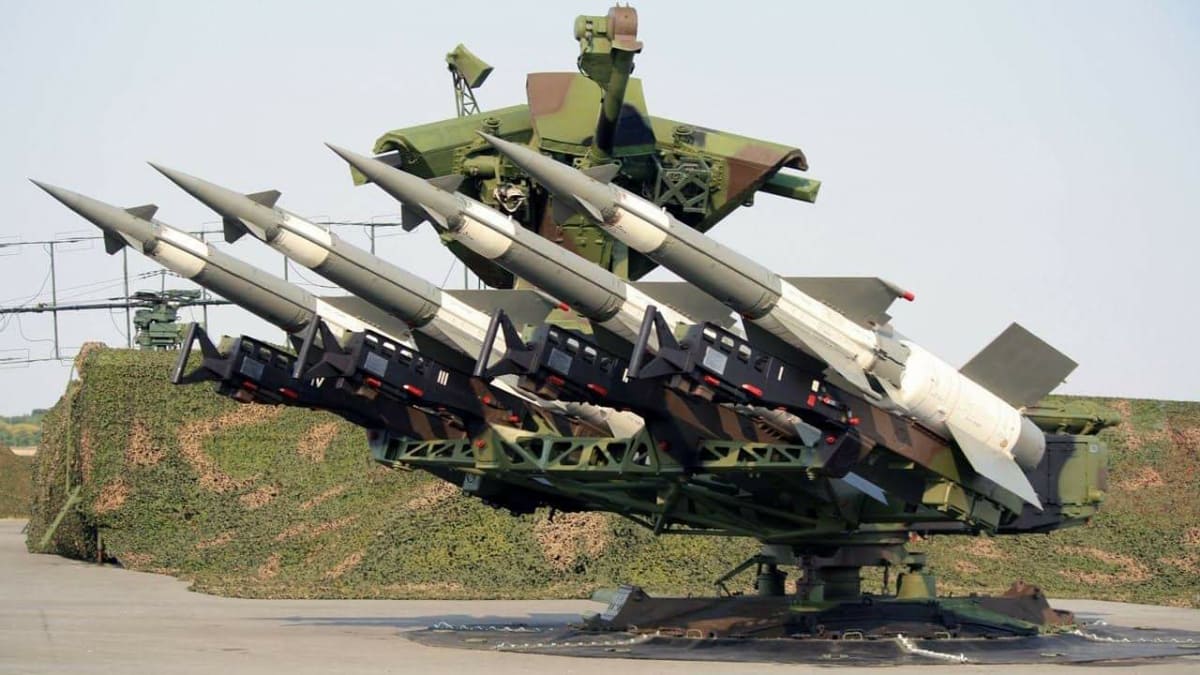Project Kusha Overview
India is investing heavily in strengthening its air defense capabilities through a new initiative, Project Kusha, developed by the Defence Research and Development Organisation (DRDO). This ambitious project, with an estimated budget of Rs 21,700 crore, aims to provide the Indian Air Force (IAF) with an advanced long-range air defense system by 2028-29. Project Kusha is India’s response to the evolving threats from advanced aerial weaponry, drawing comparisons to Israel’s Iron Dome in terms of its high efficiency and protective scope.
Capabilities and Key Features of Project Kusha
Project Kusha is designed to detect and neutralize various airborne threats, such as cruise missiles, stealth fighter jets, and drones, at extended distances. Some of its main features include:
- Long-Range Surface-to-Air Defense System (LR-SAM):
- Surveillance and Fire Control Radars: Project Kusha is equipped with advanced long-range radars that empower the IAF to monitor airspace and quickly identify potential threats. These radars play a critical role in both detecting incoming objects and guiding interceptor missiles to eliminate them.
- Interceptor Missiles with Variable Ranges: The system will use missiles capable of engaging targets at 150 km, 200 km, and 350 km. This versatility allows Project Kusha to target hostile aircraft, drones, and missiles at various distances, providing a layered defense.
- Single-Shot Kill Probability: The system has an impressive 80% kill probability with one missile, and over 90% when two missiles are fired consecutively, ensuring high accuracy and reliability.
- Strategic and Tactical Defense:
Project Kusha is not only designed to protect key installations but also to offer tactical cover for deployed forces. This feature enhances India’s defense infrastructure by providing both a shield over sensitive areas and flexibility to move defensive cover based on operational needs. - Integration with IAF’s Air Command and Control System:
This system will work seamlessly with the Indian Air Force’s command structure, ensuring that all IAF and military radar systems can coordinate efficiently. This coordination allows for real-time threat assessment and a quicker response to aerial threats.

Comparison with Israel’s Iron Dome
Iron Dome is Israel’s renowned air missile defense system, specifically designed to defend against short-range rockets by intercepting them mid-air. It became operational in March 2011 and has since proven to be one of the most effective defense systems globally. Key features include:

